Great Sand Dunes National Park, located in southern Colorado, is a unique and breathtaking destination that features the tallest sand dunes in North America. This diverse park boasts a mix of ecosystems, ranging from grasslands to wetlands and alpine forests. The weather varies greatly throughout the year, providing opportunities for a wide range of outdoor activities. In this guide, we’ll break down what to expect during each season, so you can plan the perfect visit to the Great Sand Dunes National Park.
Winter Weather in Great Sand Dunes National Park
Winter in Great Sand Dunes National Park is characterized by cold temperatures and snowfall, transforming the landscape into a winter wonderland. The average daytime temperature ranges from the mid-20s to low 30s Fahrenheit, with nighttime lows dipping into the single digits or below zero. Snowfall can be significant, with the park receiving an average of 38 inches per year.
Activities and Attractions
Winter provides unique opportunities for outdoor enthusiasts, such as snowshoeing, cross-country skiing, and even sandboarding or sledding on the dunes. Wildlife viewing is also excellent, as many animals such as deer, elk, and bighorn sheep descend to lower elevations in search of food. Winter camping is available, but be prepared for cold temperatures and be aware that some facilities may have reduced hours or be closed during this season.
Spring Weather in Great Sand Dunes National Park
As temperatures begin to rise and snow melts, spring arrives at Great Sand Dunes National Park. This season is marked by unpredictable weather, with average daytime temperatures ranging from the 40s to low 60s Fahrenheit. Nights can still be chilly, with lows in the 20s and 30s. Spring is also the park’s wettest season, with an average of 3 inches of precipitation.
Activities and Attractions
Spring is an ideal time for hiking and wildlife watching, as many migratory birds return and wildflowers begin to bloom. Medano Creek, located at the base of the dunes, experiences peak flow during late May and early June, creating a popular beach-like attraction. Camping is available during spring, with most campgrounds fully operational by late April or early May.
Summer Weather in Great Sand Dunes National Park
Summer brings warm temperatures to Great Sand Dunes National Park, with daytime highs in the 70s and 80s Fahrenheit, and nighttime lows in the 40s and 50s. While the weather is generally sunny, afternoon thunderstorms are common, so be prepared for sudden changes in conditions.
Activities and Attractions
This season offers excellent opportunities for hiking, sandboarding, and sand sledding. However, the sand surface can reach scorching temperatures of up to 150°F, so it’s best to visit the dunes early in the morning or later in the afternoon. Swimming and wading in Medano Creek remain popular summer activities, though water levels will have receded from their spring peak. All campgrounds and facilities are typically open and fully operational during the summer months.
Fall Weather in Great Sand Dunes National Park
Fall is a spectacular time to visit Great Sand Dunes National Park, as the changing foliage creates a stunning backdrop. Daytime temperatures range from the mid-50s to low 70s Fahrenheit, while nighttime lows can drop into the 20s and 30s. Fall weather can be quite variable, so it’s essential to be prepared for a range of conditions.
Activities and Attractions
Fall is a great time for hiking, with cooler temperatures making for more comfortable treks. The aspen trees in the park put on a dazzling display of golden-yellow colors, adding to the visual splendor. Wildlife viewing remains excellent, as many animals are active during this season in preparation for the winter months. Fall is also a prime time for stargazing, as the park is known for its exceptionally dark skies. Camping is available, though be aware that some facilities may begin to reduce hours or close as the season progresses.
Conclusion
Great Sand Dunes National Park offers unique and awe-inspiring experiences throughout the year. From snow-capped dunes in winter to the vibrant colors of fall, each season provides its own set of adventures and attractions. No matter when you choose to visit, you’ll be rewarded with a memorable experience that highlights the park’s dynamic landscape and diverse ecosystems. So grab your gear, check the weather forecast, and embark on an unforgettable journey to the Great Sand Dunes National Park.


